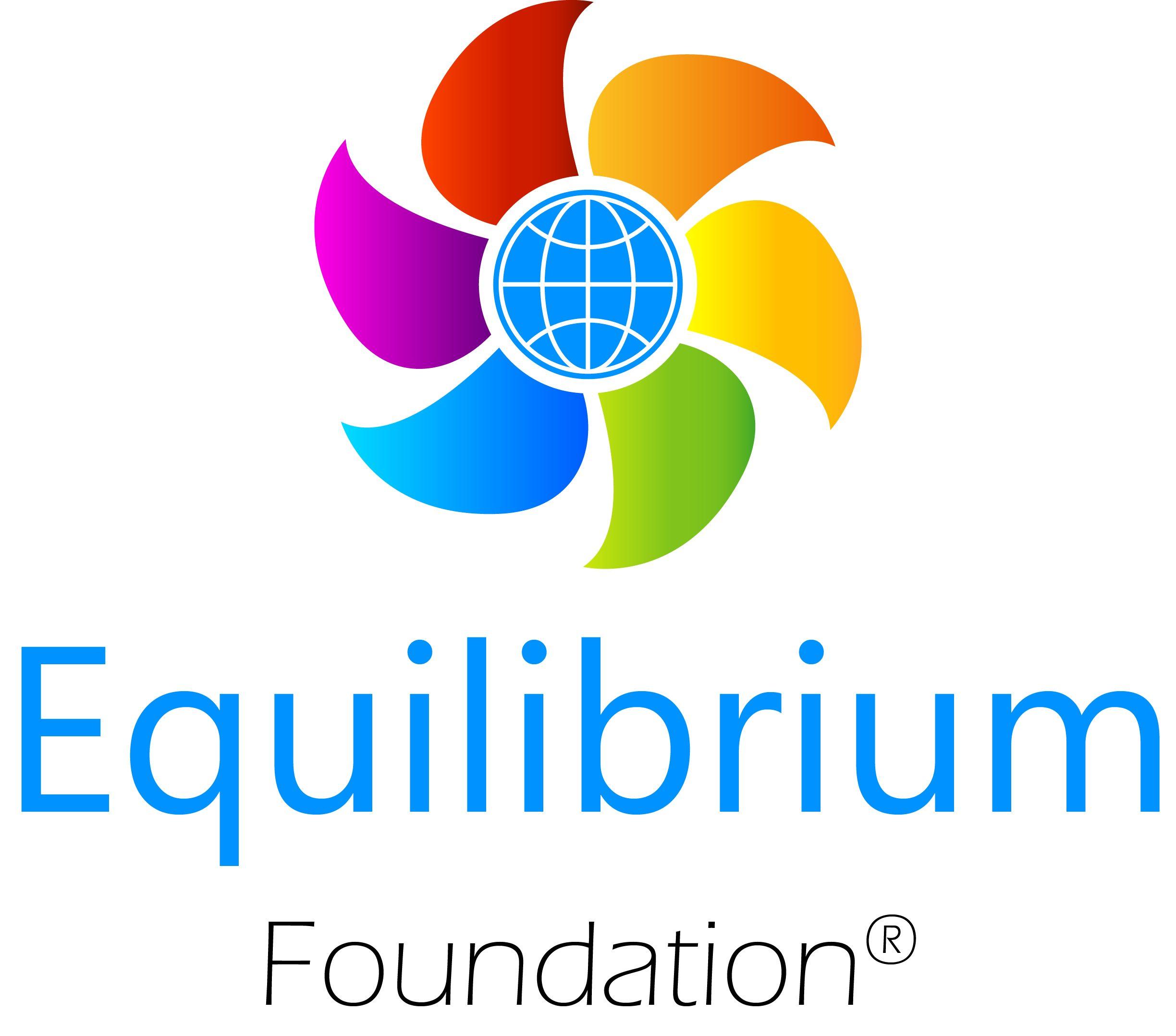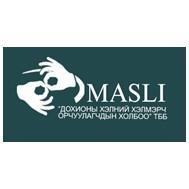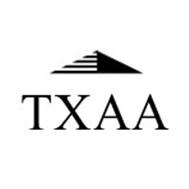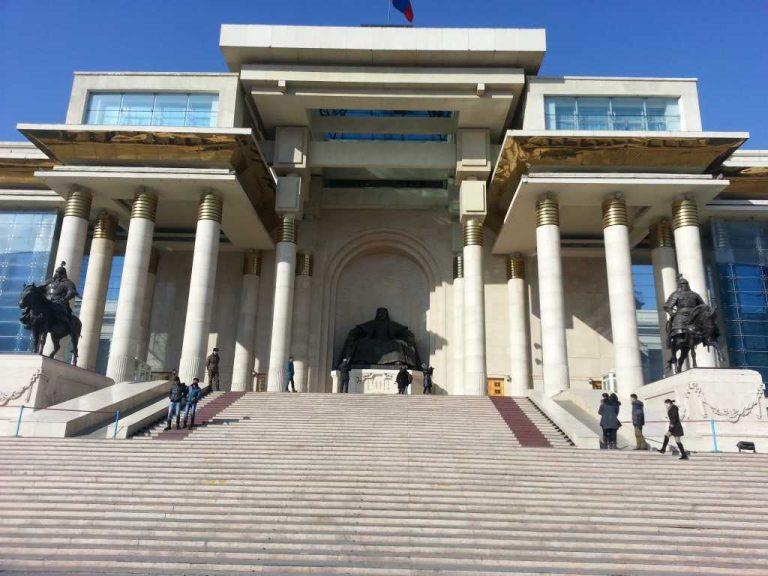
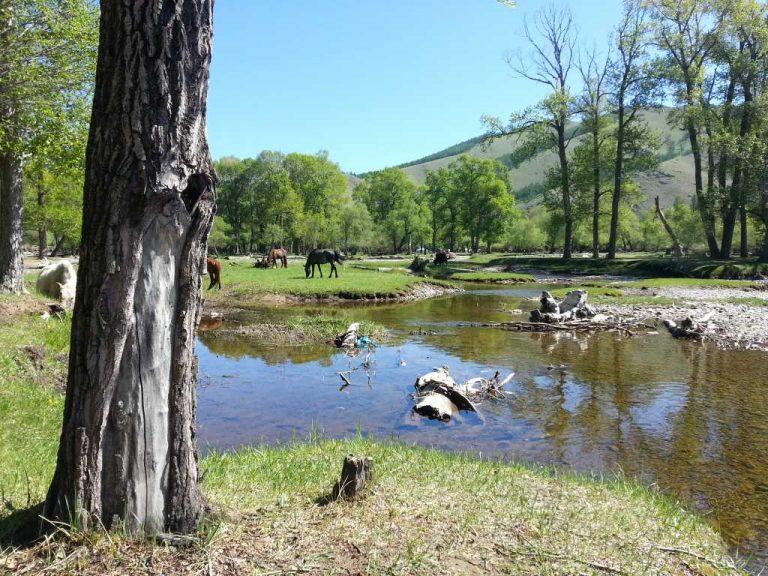
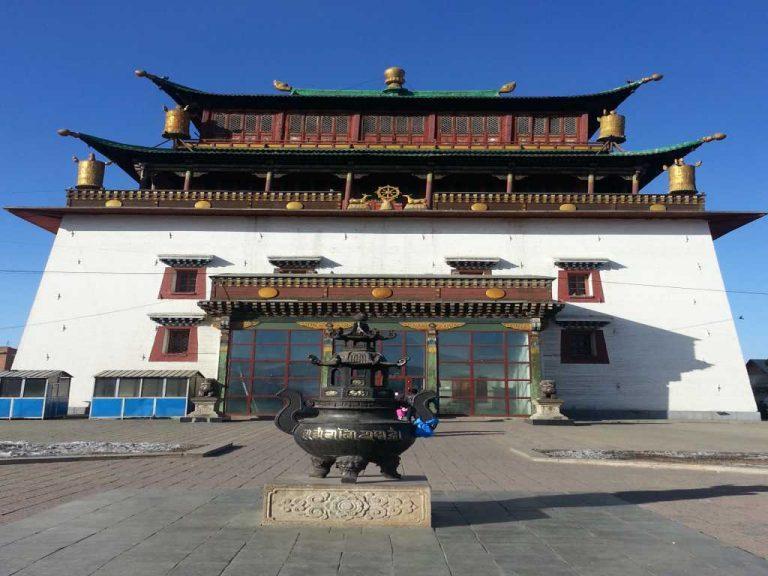
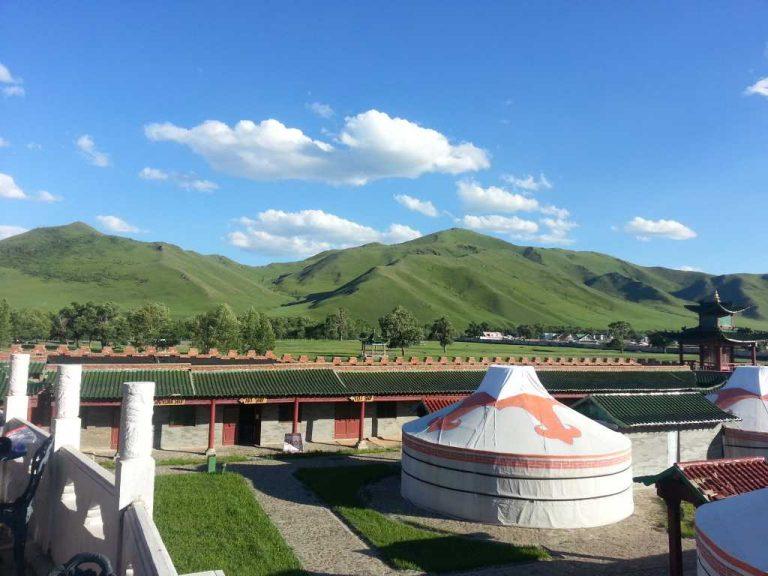
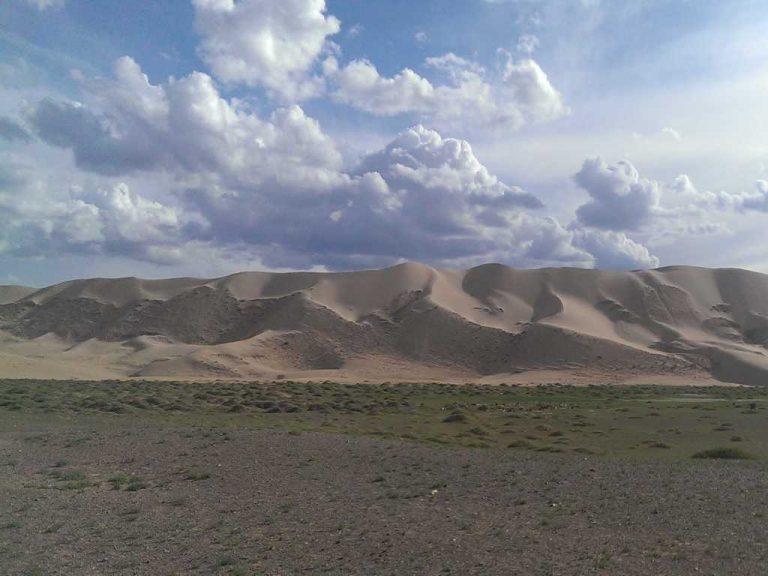
Mongolia
Mongolia as an emerging country is one of the least populated countries in the world with about 3 million inhabitants. As a landlocked country without access to the sea and with extreme climatic conditions, the country is characterized by difficult natural conditions. One third of the population lives in rural areas, partly as sedentary and partly as nomadic livestock farmers.
Key socio-economic indicators:
- Life expectancy: 70 years (2018).
- Population growth per year 1.72 % (2019).
- Share of rural population 31 % (2019).
- Per capita income (purchasing power parity): USD 12,820. Rank 101 of 193 countries (2019).
- Distribution of income (Gini): 32.3 = medium. Rank 125 of 159 countries (2016).
- Carbon dioxide emissions per capita (in tonnes): 8.31 (2016).
- Poverty:
- Proportion of people living in extreme poverty: 0.5 % (2017).
- Proportion of people living below the national poverty line 28 % (2018).
- Proportion of people undernourished 13 % (2017).
- Global Hunger Index (GHI): 9.7 = moderate. Rank 45 of 117 countries (2019).
- Economic Transformation Index (BTI): Rank 56 of 137 countries (2019).
- Human Development Index (HDI): Rank 92 of 189 = high (2018).
Politics
Mongolia is a semi-presidential representative democratic republic with a directly elected President. The people also elect the deputies in the national assembly, the State Great Khural. The president appoints the prime minister, and nominates the cabinet on the proposal of the prime minister. The constitution of Mongolia guarantees a number of freedoms, including full freedom of expression and religion.
Education
In 2018, the literacy rate in Mongolia was estimated to be 98 %. The number of primary school children per teacher is 30 (2018). The proportion of school-age children attending primary school was 98 % in 2018. The primary school completion rate was 100 % in 2018.
Water supply and sanitation
People using safely operated drinking water supply systems (% of the population) 23.73 % (2017).
Healthcare
Since 1990, key health indicators in Mongolia like life expectancy and infant and child mortality have steadily improved, both due to social changes and to improvement in the health sector.
Economy
Economic activity in Mongolia has long been based on herding and agriculture, although development of extensive mineral deposits of copper, coal, molybdenum, tin, tungsten and gold have emerged as a driver of industrial production. Besides mining (22 % of GDP) and agriculture (16 % of GDP), dominant industries in the composition of GDP are wholesale and retail trade and service, transportation and storage, and real estate activities. The grey economy is estimated to be at least one-third the size of the official economy.
Our Projects
Coaching the Coaches
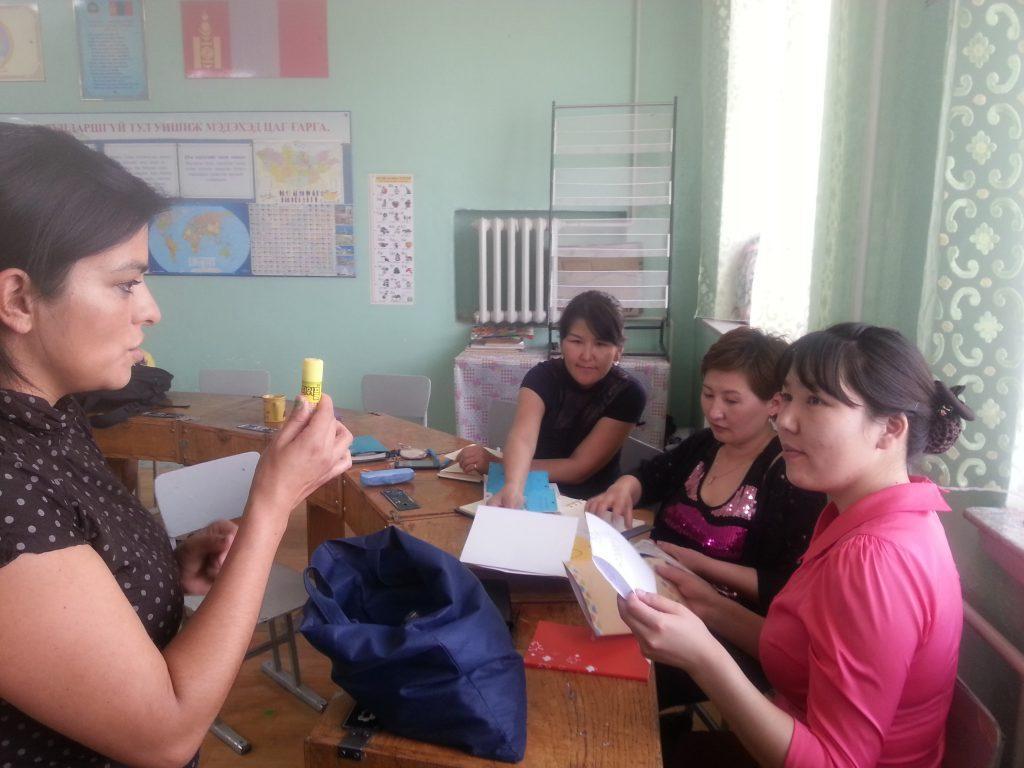
Ulanbataar, Mongolia
